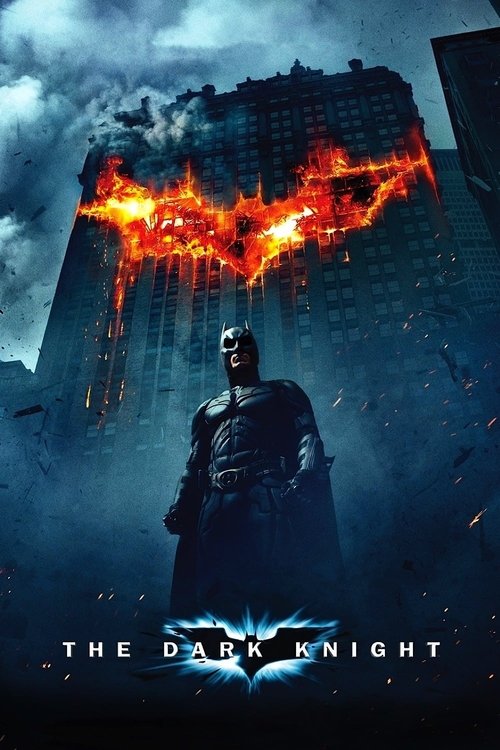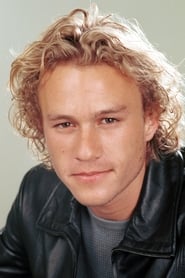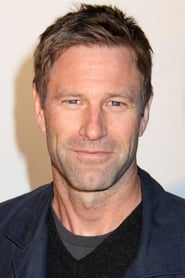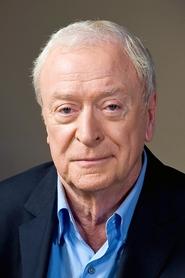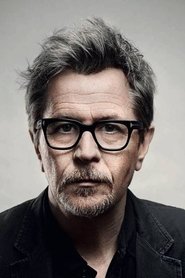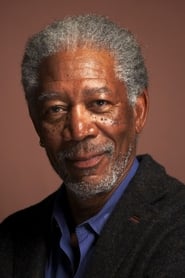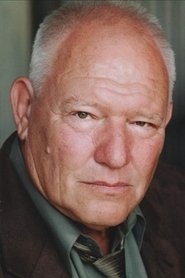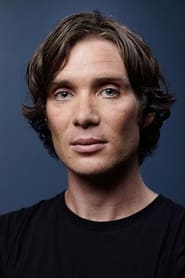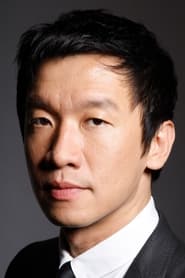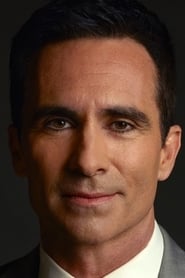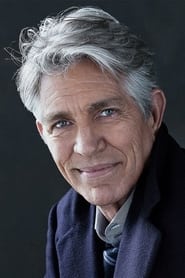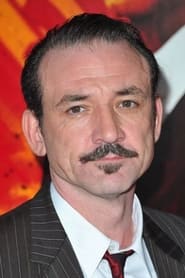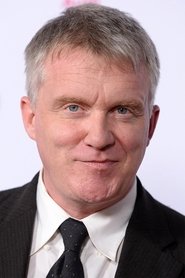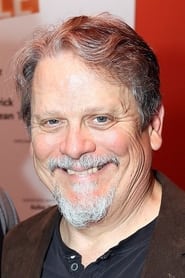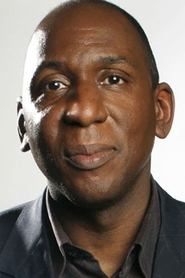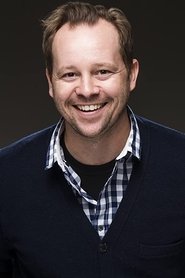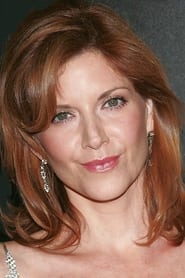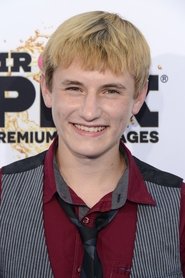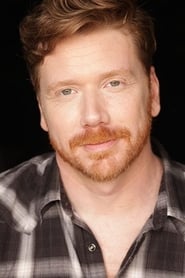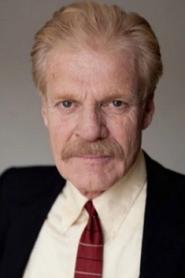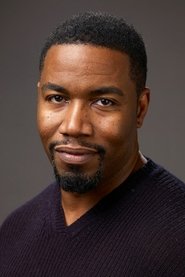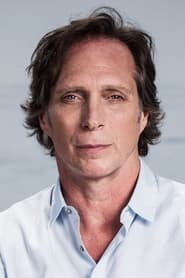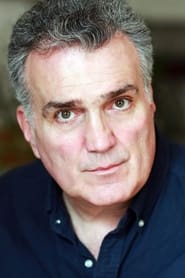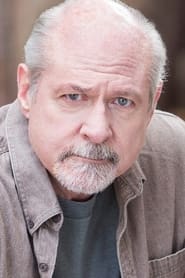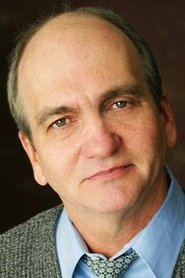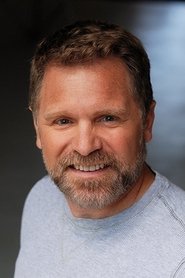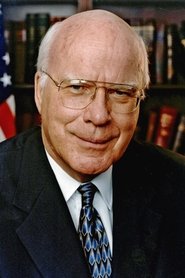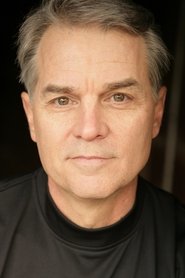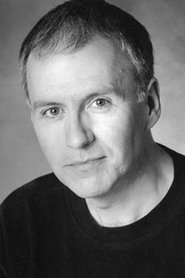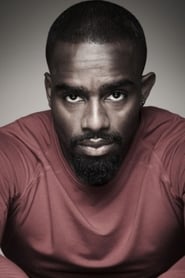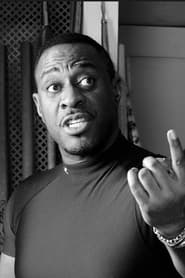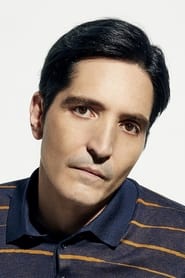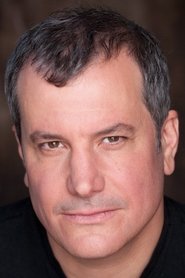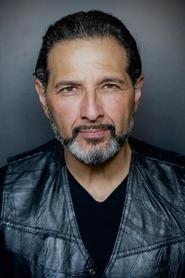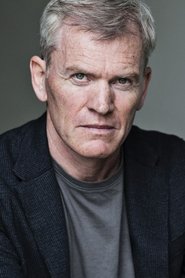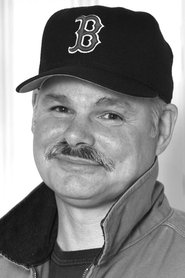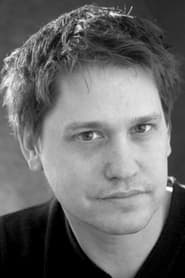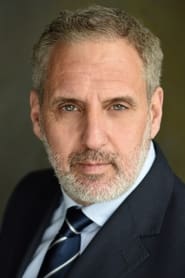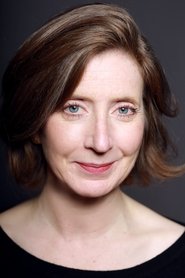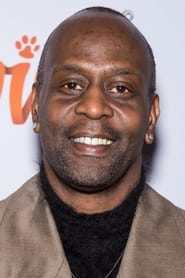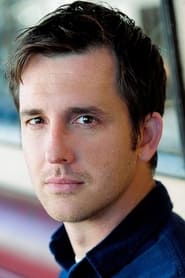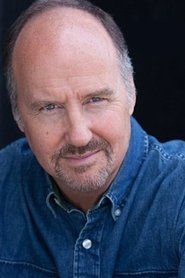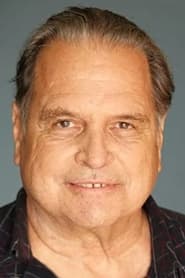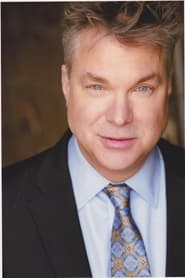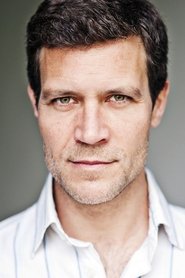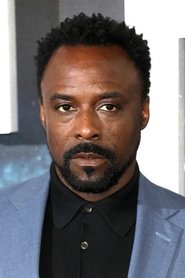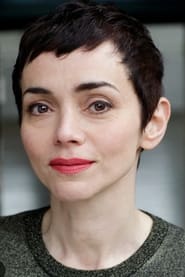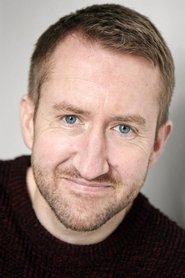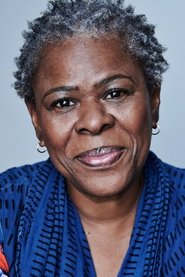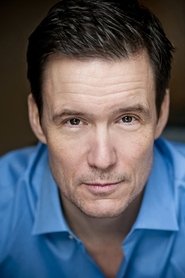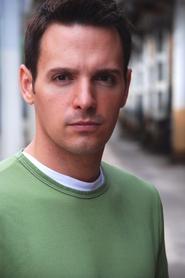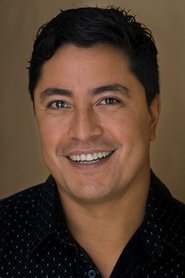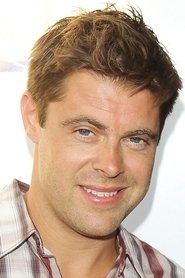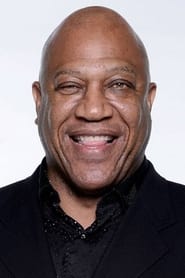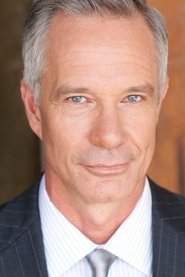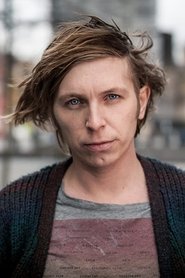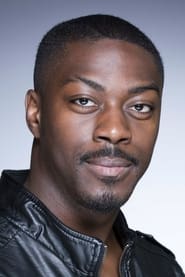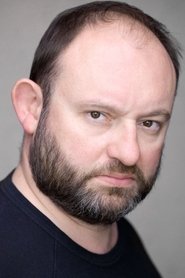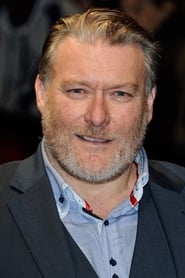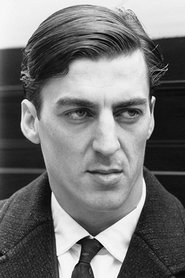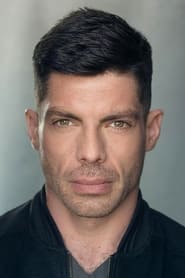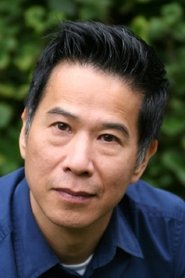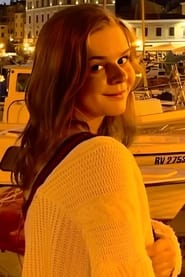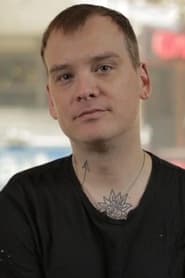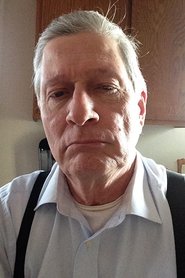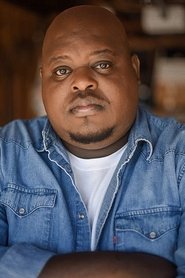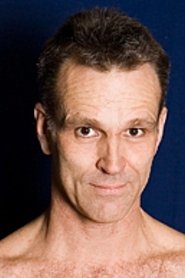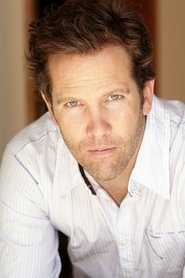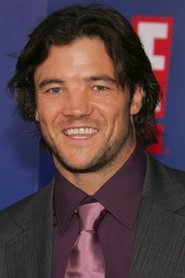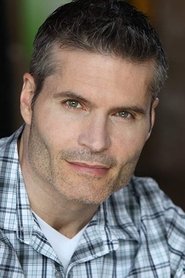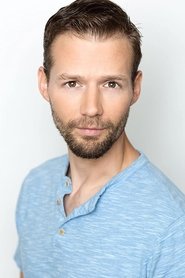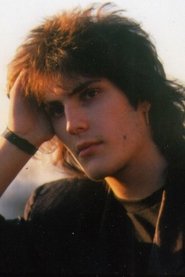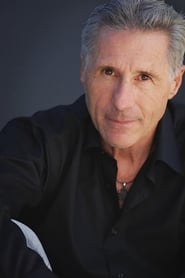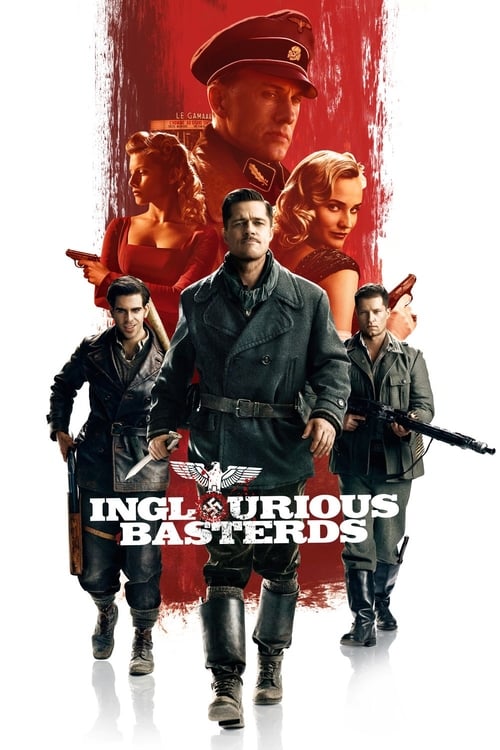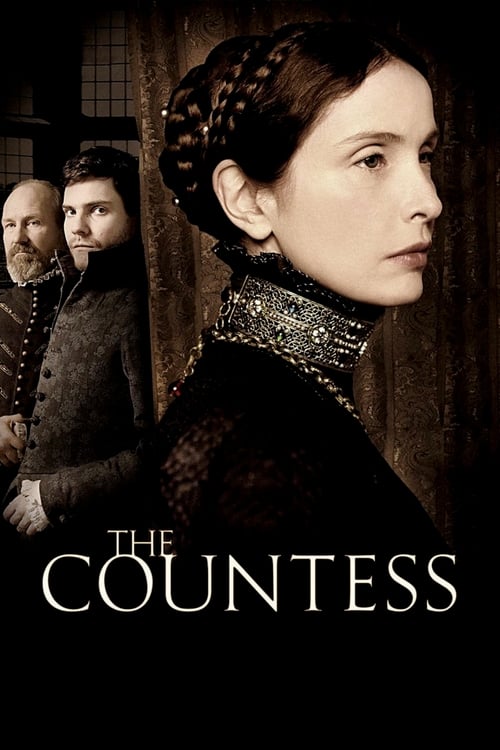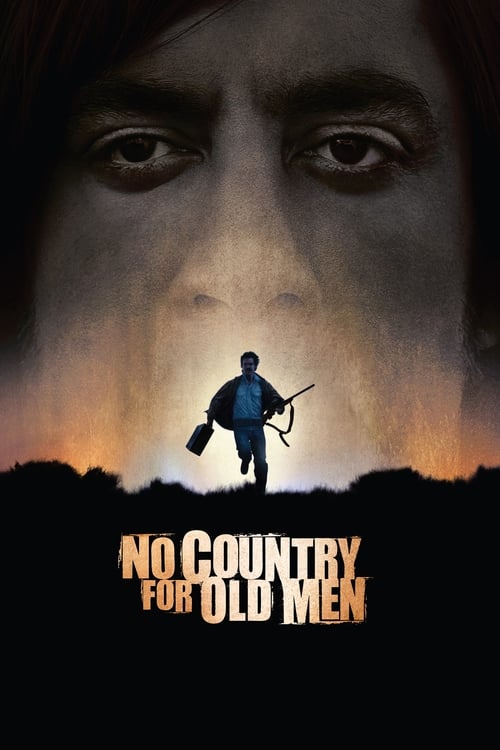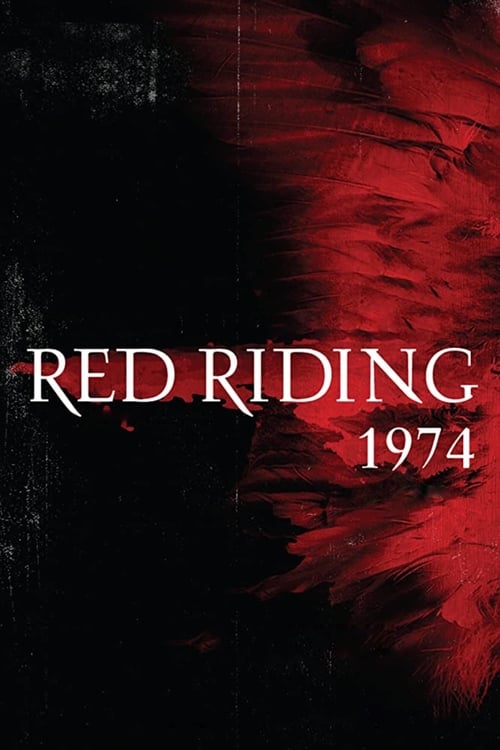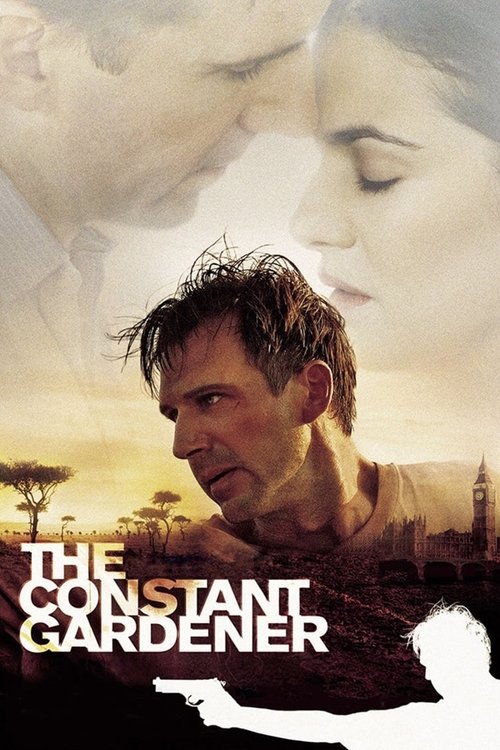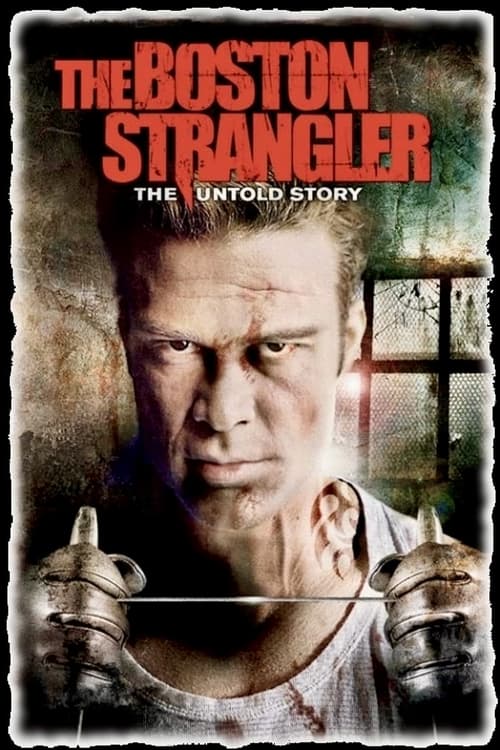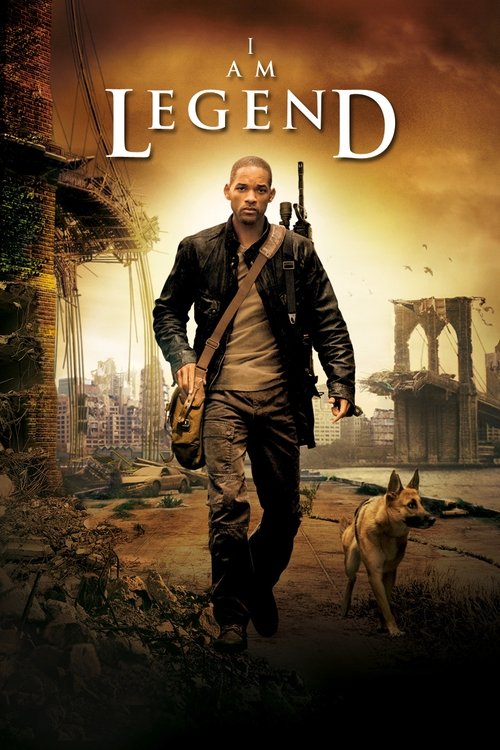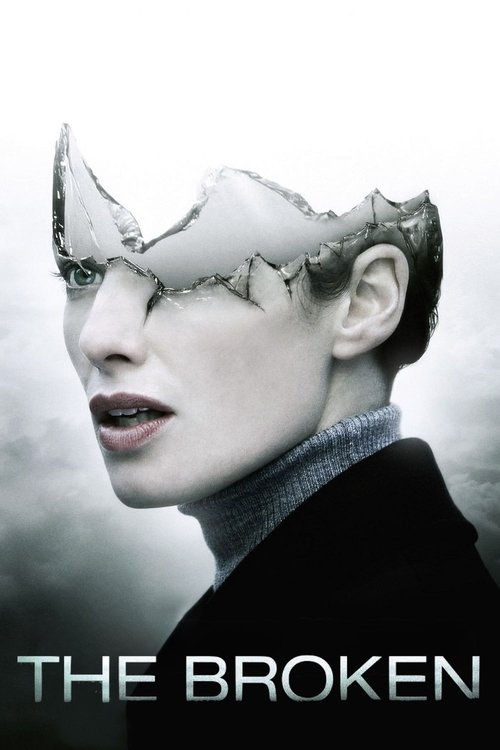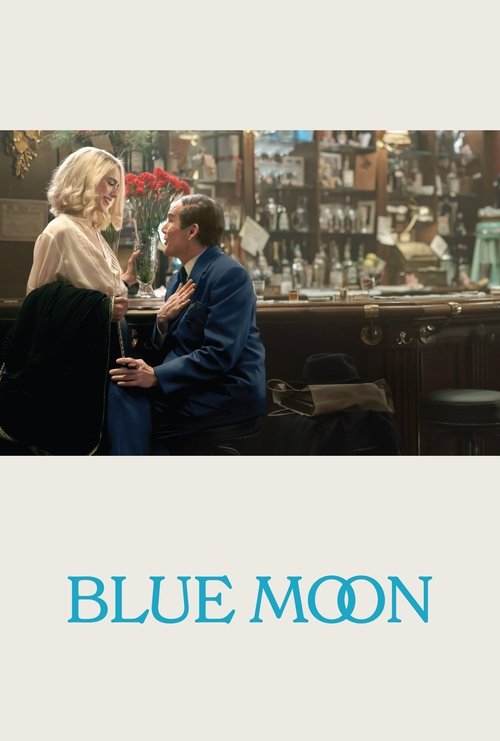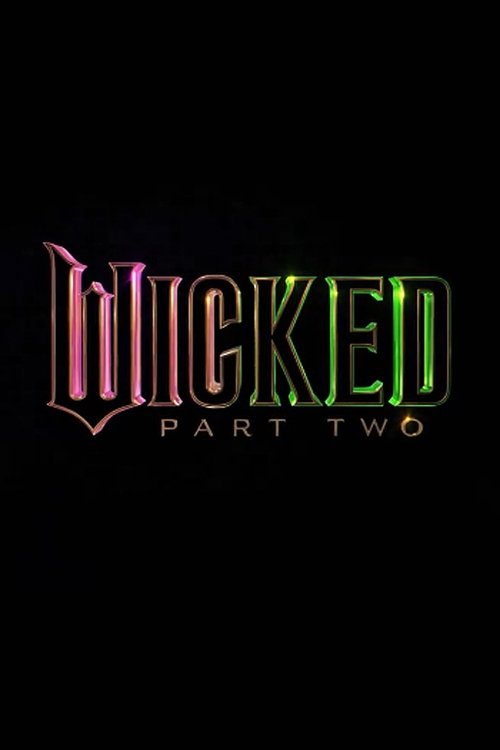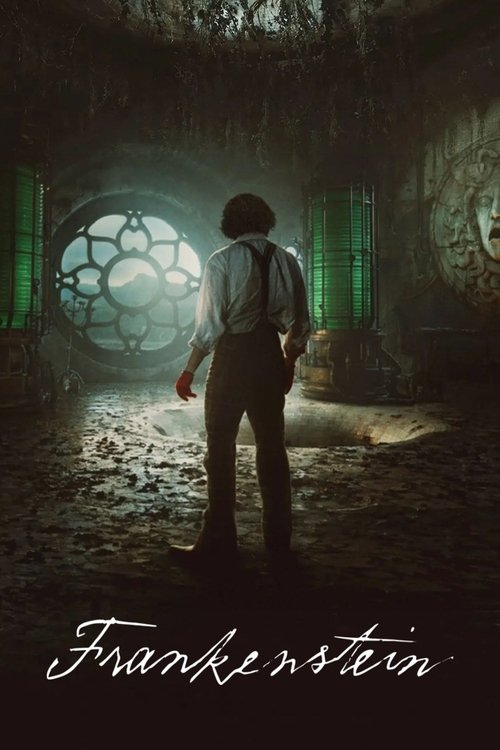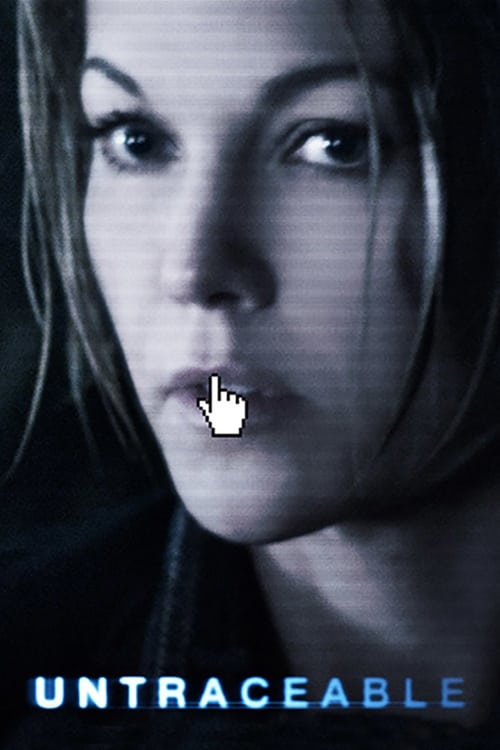
Ask Your Own Question
What is the plot?
Morning sunlight floods the streets of Gotham City as six masked men stride into a bustling downtown bank. Each wears a clown mask, their movements precise, their plan rehearsed. This is no ordinary robbery--the bank is owned by the city's criminal underworld, and the men's orders are clear: after each completes his task, he is to kill another. Tension mounts as gunfire erupts, and one by one, the robbers betray and murder each other. Amid the chaos, the bank manager, defiant even with a shotgun wound, spits, "You have no idea who you're stealing from!" The final clown unmasks himself: it is the Joker, his face painted in grotesque white, red, and green, his eyes wild. He stuffs money into bags, jams a grenade into the manager's mouth, and escapes in a school bus, leaving the bank littered with bodies--his own crew, eliminated by his hand. The Joker's opening gambit is complete: Gotham's criminal underworld is shaken, and a new kind of terror has arrived.
Elsewhere, Bruce Wayne--Gotham's billionaire philanthropist--moves through his dual life. By day, he is the city's golden son, supporting the new district attorney Harvey Dent at a lavish fundraiser in his penthouse. By night, he is Batman, armored and relentless, stalking the city's rooftops and alleys, dismantling the mob's operations with the help of Lieutenant James Gordon. Wayne's hope is simple: that Dent's crusade against crime will succeed, allowing him to retire the Batman and pursue a life with Rachel Dawes, his childhood friend and now Dent's girlfriend.
Harvey Dent stands in court, fearless, prosecuting mobsters with a righteous zeal that earns him the nickname "Gotham's White Knight." Rachel Dawes, assistant district attorney, is torn between her love for Dent and her lingering feelings for Bruce. Alfred Pennyworth, Bruce's loyal butler, watches over Wayne with quiet wisdom, warning him, "Some men just want to watch the world burn." Lucius Fox, CEO of Wayne Enterprises, arms Batman with new technology, including a reinforced suit and a prototype sonar system.
In a dimly lit kitchen, Gotham's mob bosses--Sal Maroni, Gambol, and the Chechen--gather to discuss their predicament. Their accountant, Lau, has fled to Hong Kong with their money, fearing Batman's reach. Suddenly, the Joker crashes their meeting, his coat lined with grenades, his demeanor both mocking and menacing. He offers to kill Batman for half their fortune, tossing a Joker playing card onto the table. Gambol, incensed, puts a bounty on the Joker's head.
Gambol's fate is sealed. Later, in his own hideout, Gambol receives word that the Joker has been killed. As his men bring in a body bag, Gambol leans in--and the Joker springs up, pressing a knife to Gambol's mouth. "Wanna know how I got these scars?" he whispers, telling a twisted story before slashing Gambol's face and killing him. The Joker seizes control of Gambol's gang, his power growing.
Batman, Gordon, and Dent form a secret alliance to bring down the mob. Bruce Wayne orchestrates a trip to Hong Kong, using a Wayne Enterprises takeover bid as cover. Lucius Fox accompanies him, planting a cell phone in Lau's office to create a sonar map of the building. That night, Batman crashes through the window, subdues Lau's guards, and abducts Lau, who is then delivered to Gotham and forced to testify against the mob.
The Joker retaliates with a campaign of terror. He sends a video to the news, threatening to kill people unless Batman unmasks himself. Judge Surrillo receives a letter and dies in a car bombing orchestrated by the Joker. Police Commissioner Loeb is poisoned, collapsing during a toast. The city reels as the Joker's threats escalate, his philosophy clear: "Introduce a little anarchy, upset the established order, and everything becomes chaos."
At Bruce Wayne's penthouse, Dent's fundraiser is interrupted when the Joker and his men burst in, firing guns and demanding to know which guest is Harvey Dent. Rachel stands defiant, and the Joker grabs her, holding a knife to her face. "You look nervous," he taunts, telling another story about his scars. Batman arrives, battling the Joker's thugs and saving Rachel, but the Joker escapes, leaving a trail of terror.
The Joker's next move is to kidnap Lau and the Chechen, dragging them to a warehouse stacked with the mob's fortune--mountains of cash. He douses the pile with gasoline, perches Lau atop it, and sets it ablaze. "It's not about money," he sneers, "it's about sending a message." Lau and the Chechen die in the inferno, the Joker's disregard for wealth and life now unmistakable.
Harvey Dent and Rachel Dawes are kidnapped by corrupt cops--Wertz and Ramirez--on the Joker's payroll. They awake in separate warehouses, each rigged with explosives. Joker calls Batman and Gordon, giving them the addresses but secretly switching them. Batman races to save Rachel but finds Dent instead; Gordon rushes to the other location but is too late. Rachel, realizing her fate, whispers her final words as the timer ticks down. Both warehouses explode. Batman pulls Dent from the flames, but half of Dent's face is horribly burned. Rachel Dawes dies, her last letter to Bruce--revealing she planned to marry Dent--later burned by Alfred to spare Bruce further pain.
Dent awakens in the hospital, his face grotesquely scarred, his mind shattered by grief and rage. The Joker visits, disguised as a nurse, and convinces Dent to seek vengeance. "Introduce a little anarchy," Joker urges, placing a revolver in Dent's hand. Dent flips his double-headed coin--one side now scorched--and embraces his new identity: Two-Face. He begins a campaign of revenge, targeting those he holds responsible for Rachel's death.
The Joker escalates his assault, threatening to blow up Gotham General Hospital unless Coleman Reese, a Wayne Enterprises employee who has discovered Batman's identity, is killed. The city panics. Joker detonates the hospital, striding away in his nurse's uniform as the building collapses behind him. Reese is saved by Bruce Wayne, who causes a car accident to prevent his assassination.
Two-Face's rampage begins. Dent confronts Detective Wertz, one of the corrupt cops, and flips his coin. Wertz dies, his fate decided by chance. Dent finds Detective Ramirez, who confesses her role in Rachel's kidnapping. Dent spares her, his coin landing on the unscarred side. Sal Maroni, the mob boss, is next. Dent confronts him in his car, flips the coin, and the car crashes--Maroni dies, his neck broken.
The Joker's final plan unfolds as he rigs two evacuation ferries--one filled with civilians, the other with prisoners--with explosives. Each ferry is given a detonator for the other boat's bombs. Joker announces: "At midnight, I blow you all up. But if one of you presses the button, I'll let that boat live." The city holds its breath as passengers debate whether to kill hundreds of strangers to save themselves. Tension mounts, but neither ferry acts. A prisoner, Big Tiny, throws the detonator out the window, refusing to play Joker's game. Joker's experiment fails--Gotham's soul endures.
Batman, desperate to find the Joker, enlists Lucius Fox to activate the citywide sonar system, using every cell phone in Gotham to create a live map. Fox objects to the ethical violation, warning, "This is too much power for one person." Batman promises to destroy the system after the Joker is found.
The Joker hides in a high-rise construction site, hostages disguised as henchmen and vice versa, guns taped to their hands. SWAT teams prepare to storm the building, but Batman intervenes, using his sonar vision to distinguish the real hostages from the thugs. He incapacitates the SWAT officers, saving the hostages, and confronts the Joker in a brutal fight. The Joker gains the upper hand, pinning Batman and taunting, "You have nothing, nothing to threaten me with!" But Batman prevails, dangling the Joker from the building's edge. Joker laughs, "You just couldn't let me go, could you? This is what happens when an unstoppable force meets an immovable object." He reveals his true victory: Harvey Dent's fall from grace. "You didn't think I'd risk losing the battle for Gotham's soul in a fistfight with you?" Joker is arrested, but his legacy of chaos remains.
As midnight passes and the ferries remain intact, the Joker is defeated--but the city's hope is shattered by Dent's transformation. Gordon returns home, only to find his wife and son held hostage by Two-Face. Dent blames Gordon for Rachel's death, forcing Gordon to choose which family member will die. Batman arrives, pleading with Dent to stop. Dent flips his coin, shooting Batman--who is saved by body armor. Before Dent can flip for Gordon's son, Batman tackles him off the ledge. Dent falls to his death, his broken body lying on the ground below.
Gordon and Batman face a grim decision. If Dent's crimes are revealed, the city will lose hope, and the Joker's victory will be complete. Batman insists, "I killed those people. That's what I can be." Gordon protests, but Batman is resolute. "Sometimes the truth isn't good enough. Sometimes people deserve more. Sometimes people deserve to have their faith rewarded." Gordon agrees, and the police launch a manhunt for Batman, now branded a murderer and fugitive.
Gordon smashes the Bat-signal, its shards reflecting the city's loss. Lucius Fox destroys the sonar system, keeping his promise. Alfred, in the quiet of Wayne Manor, burns Rachel's letter, sparing Bruce the pain of knowing she chose Dent. Gotham mourns Harvey Dent as a hero, his image untarnished. Batman disappears into the shadows, pursued by police dogs and searchlights, his cape billowing as he flees into the night. Gordon's voice echoes: "He's not our hero. He's a silent guardian. A watchful protector. A Dark Knight."
The city is left changed forever. The Joker sits in his cell, his laughter echoing through the halls. Dent is dead, Rachel gone, the mob destroyed, and Batman hunted. Gotham's hope survives, but at a terrible cost. The legend of the Dark Knight is born--not as a savior, but as a scapegoat, carrying the sins of the city so that its people might endure.
What is the ending?
At the end of The Dark Knight, Batman takes the blame for Harvey Dent's crimes to protect Dent's legacy. Harvey, now the vengeful vigilante Two-Face, is killed by Batman. The film concludes with Batman becoming a fugitive, while Commissioner Gordon vows to uphold the truth about Dent's heroism.
As the climax of The Dark Knight unfolds, we find ourselves in a tense showdown at the Gotham City penthouse where Harvey Dent, now transformed into the vengeful Two-Face, confronts Commissioner Gordon and Batman. The atmosphere is thick with tension as Dent, disfigured and consumed by rage, holds a gun to the head of a mobster, demanding to know the fate of his kidnapped fiancée, Rachel Dawes. The room is dimly lit, shadows dancing across the walls, reflecting the turmoil within Dent.
In a desperate attempt to save the hostages, Batman intervenes, urging Dent to reconsider his path of vengeance. However, Dent's mind is clouded by grief and anger, and he lashes out, revealing his twisted sense of justice. The emotional weight of the moment is palpable as Batman tries to reach the man Dent once was, but the darkness has taken hold.
The scene shifts to a chaotic confrontation at a warehouse where the Joker has orchestrated a deadly game involving two ferries filled with civilians. Each ferry is rigged with explosives, and the passengers must decide whether to blow up the other to save themselves. The Joker's sadistic plan is a test of morality, pushing the limits of human nature. As the clock ticks down, the tension escalates, and the passengers grapple with their choices, revealing the fragility of societal order.
Meanwhile, Batman races against time to stop the Joker, who has been orchestrating chaos throughout Gotham. The stakes are high, and the city is on the brink of collapse. In a pivotal moment, Batman manages to track down the Joker, leading to a fierce confrontation. The Joker, reveling in the chaos he has created, taunts Batman, challenging his moral code.
As the climax reaches its peak, Batman learns of Dent's fate and rushes to save him. However, he arrives too late. Dent, in a fit of rage, confronts the Joker, who has manipulated him into becoming a monster. In a tragic turn of events, Dent is mortally wounded, and Batman is forced to confront the consequences of their choices.
In the aftermath, Batman makes a heart-wrenching decision. To protect Dent's legacy as Gotham's White Knight, he takes the blame for Dent's crimes, including the murders committed by Two-Face. This act of sacrifice is a testament to Batman's commitment to the greater good, even at the cost of his own reputation. The emotional turmoil is evident as he grapples with the weight of his decision, knowing that he must become the villain in the eyes of the city he has sworn to protect.
The film concludes with Commissioner Gordon delivering a poignant monologue, reflecting on the sacrifices made and the darkness that has enveloped Gotham. He vows to uphold the truth about Dent's heroism, even as Batman becomes a fugitive, hunted by the very city he sought to save. The final scene captures Batman, alone in the shadows, embodying the burden of his choices and the ongoing struggle between light and darkness.
In the end, Harvey Dent is dead, consumed by his own vengeance; Batman is now a hunted man, taking on the mantle of the villain to preserve the hope that Dent once represented; and Commissioner Gordon stands as a beacon of truth, determined to honor Dent's legacy while grappling with the moral complexities of their fight against crime. The film closes on a haunting note, leaving the audience to ponder the cost of heroism and the thin line between good and evil.
Who dies?
In "The Dark Knight," several characters meet their demise, each death serving to deepen the narrative and highlight the film's themes of chaos, morality, and the consequences of choices. Here are the key characters who die, along with the circumstances surrounding their deaths:
-
Rachel Dawes: Rachel, played by Maggie Gyllenhaal, is a close friend of Bruce Wayne and a love interest. Her death occurs in a pivotal scene orchestrated by the Joker. He kidnaps her and Harvey Dent, placing them in separate locations rigged with explosives. Bruce, as Batman, attempts to save them but is misled by the Joker. Rachel's location is set to explode, and despite Batman's efforts, he arrives too late. The explosion kills her instantly. Her death profoundly impacts Bruce and Harvey, pushing them further into their respective paths of vengeance and despair.
-
Harvey Dent: Harvey, portrayed by Aaron Eckhart, is initially the White Knight of Gotham, a district attorney fighting against crime. After Rachel's death, he becomes consumed by grief and anger, transforming into the vengeful figure known as Two-Face. His death occurs during a confrontation with Batman. In a climactic moment, Dent holds Commissioner Gordon's family hostage, seeking revenge for Rachel's death. Batman intervenes, and in the struggle, Dent falls from a ledge, landing on a pile of debris. He is severely injured and ultimately dies from his injuries later in the film. His transformation from hero to villain illustrates the fragility of morality and the impact of trauma.
-
The Joker: While not a traditional death in the sense of being killed by another character, the Joker, played by Heath Ledger, meets his end in the film's climax. After being captured by Batman, he orchestrates a series of events that lead to chaos in Gotham, including the hijacking of two ferries filled with civilians. In the final confrontation, Batman confronts the Joker in a building rigged with explosives. The Joker is ultimately left alive, but his fate is sealed as he is taken into custody. His death is more symbolic, representing the chaos he has unleashed and the moral dilemmas faced by the characters.
-
Commissioner James Gordon's family: While they do not die on screen, the threat to their lives is a significant plot point. The Joker captures Gordon's family, using them as leverage against him and Batman. This situation heightens the stakes and illustrates the Joker's willingness to target innocent lives to achieve his goals.
Each of these deaths serves to illustrate the film's exploration of chaos versus order, the fragility of hope, and the moral complexities faced by the characters in their fight against crime and corruption in Gotham City.
Is there a post-credit scene?
The Dark Knight does not have a post-credit scene. The film concludes with a powerful climax and resolution, focusing on the aftermath of the Joker's chaos in Gotham City and the moral dilemmas faced by its characters. The final moments depict Batman taking the fall for Harvey Dent's crimes to protect Dent's legacy, leading to a poignant and somber ending that emphasizes the themes of sacrifice and the burden of heroism. The absence of a post-credit scene aligns with the film's serious tone and narrative closure.
What motivates the Joker's actions throughout the film?
The Joker is driven by a desire to create chaos and challenge the established order of Gotham City. He believes that deep down, everyone is as corruptible as he is, and he seeks to prove this by pushing individuals to their breaking points. His actions are not motivated by money or power, but rather by a twisted philosophy that seeks to expose the fragility of societal norms.
How does Harvey Dent's transformation into Two-Face occur?
Harvey Dent's transformation into Two-Face is a gradual process that begins after he is severely burned in an explosion orchestrated by the Joker. The trauma of losing his face and the death of Rachel Dawes, whom he loves, leads him to adopt a dual personality. He becomes obsessed with chance and fate, using a coin to make decisions, symbolizing his descent into madness and the loss of his moral compass.
What role does Rachel Dawes play in the story?
Rachel Dawes serves as a moral anchor for both Bruce Wayne and Harvey Dent. She is a district attorney who believes in justice and the possibility of a better Gotham. Her relationships with both men highlight their contrasting approaches to fighting crime. Her tragic fate at the hands of the Joker serves as a catalyst for Dent's transformation into Two-Face and deepens Bruce Wayne's resolve to protect Gotham, even at great personal cost.
How does Batman's relationship with Commissioner Gordon evolve in the film?
Batman and Commissioner Gordon's relationship is built on mutual respect and a shared goal of saving Gotham. Throughout the film, they work closely together to combat the Joker's chaos. However, their partnership is tested as they face moral dilemmas and the consequences of their choices. Gordon's trust in Batman is crucial, especially when they must navigate the fallout from the Joker's schemes, ultimately solidifying their alliance against the common enemy.
What is the significance of the 'social experiment' the Joker conducts with the ferries?
The Joker's social experiment with the two ferries serves as a twisted test of human nature. He places explosives on both ferries, each filled with civilians, and gives them the choice to blow up the other ferry to save themselves. This moment is significant as it challenges the characters and the audience to consider the nature of morality and self-preservation. Ultimately, the passengers on both ferries refuse to sacrifice each other, showcasing a glimmer of hope and humanity amidst the Joker's chaos.
Is this family friendly?
The Dark Knight, produced in 2008, is not considered family-friendly due to its intense themes and graphic content. Here are some potentially objectionable or upsetting aspects that may affect children or sensitive viewers:
-
Violence and Gore: The film contains several scenes of graphic violence, including shootings, explosions, and physical confrontations that result in injury or death.
-
Psychological Terror: The Joker, as the main antagonist, employs psychological manipulation and terror tactics, which can be disturbing. His unpredictable nature and sadistic behavior create a tense atmosphere.
-
Moral Ambiguity: The film explores complex themes of morality, justice, and chaos, which may be difficult for younger audiences to understand and process.
-
Death and Loss: Characters experience significant loss, and there are scenes that depict the aftermath of violent events, which can be emotionally heavy.
-
Intense Situations: There are moments of high tension, including hostage situations and threats to innocent lives, which can be distressing.
-
Language: The film includes strong language and mature dialogue that may not be suitable for younger viewers.
These elements contribute to the film's darker tone and may not be appropriate for children or those sensitive to such content.

